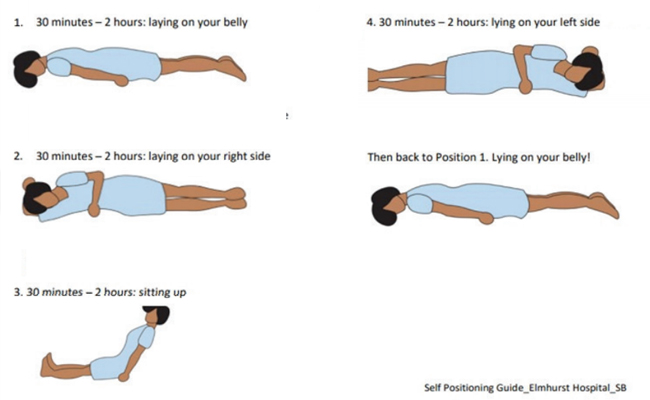COVID-19 Resources
COVID-19 general information
Coronavirus disease 2019 (COVID-19) is an infectious disease caused by the SARS-CoV-2 virus. The virus can spread from an infected person’s mouth or nose in small liquid particles when they cough, sneeze, speak, sing or breathe. These particles range from larger respiratory droplets to smaller aerosols.
COVID-19 prevention
- Get vaccinated when a vaccine is available to you.
- Stay at least 1 metre apart from others, even if they don’t appear to be sick.
- Wear a properly fitted mask when physical distancing is not possible or when in poorly ventilated settings.
- Choose open, well-ventilated spaces over closed ones. Open a window if indoors.
- Wash your hands regularly with soap and water or clean them with alcohol-based hand rub.
- Cover your mouth and nose when coughing or sneezing.
- If you feel unwell, stay home and self-isolate until you recover.
COVID-19 symptoms
Most common symptoms:
- fever
- cough
- tiredness
- loss of taste or smell
Less common symptoms:
- sore throat
- headache
- aches and pains
- diarrhoea
- a rash on skin, or discolouration of fingers or toes
- red or irritated eyes
Serious symptoms:
- difficulty breathing or shortness of breath
- loss of speech or mobility, or confusion
- chest pain
- Seek immediate medical attention if you have serious symptoms. Always call before visiting your doctor or health facility.
- People with mild symptoms who are otherwise healthy should manage their symptoms at home.
- On average it takes 5–6 days from when someone is infected with the virus for symptoms to show, however it can take up to 14 days.
COVID-19 diagnostic test
- RT-PCR/ CBNAAT > SARS-CoV-2 antigen for COVID-19
- Chest CT scan
- CBC
- CRP levels
- ESR levels
- IL-6 levels
- D-dimer levels
- ferritin levels
- LDH levels
COVID-19 home care
- Remain in isolation or quarantine for at least 10 days.
- Monitor oxygen levels by pulse oximeter.
- A reading of less than 92% might increase the need for hospitalization.
- Prone positioning improves ventilation, keeps alveolar units open and breathing easy. Proning is required only when the patient feels difficulty in breathing and the SpO2 decreases below 94%. Avoid proning for an hour after meals. Maintain proning for only as much times as easily tolerable.

- Maintain a daily routine, including showering and getting dressed.
- Take breaks from COVID-19 news, including social media.
- Eat healthy meals and stay hydrated..
- Get plenty of sleep.
- Avoid use of alcohol and tobacco.
- Focus on enjoyable activities.
- Connect with others and share how you are feeling.
Ending isolation or quarantine
- At least 10 days have passed since your symptoms started.
- At least 24 hours have passed with no fever without the use of fever-reducing medicine.
- Other symptoms are improving — loss of taste and smell might last for weeks or months after recovery but shouldn’t delay ending isolation.
References:
-
Covid19 tracker: NDTV
-
Covid19 information: WHO , Mayoclinic
-
Covid19 care image: haryanahealth.nic.in , mohfw.gov.in

